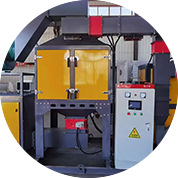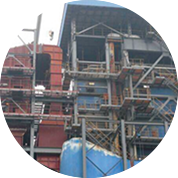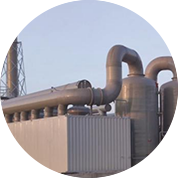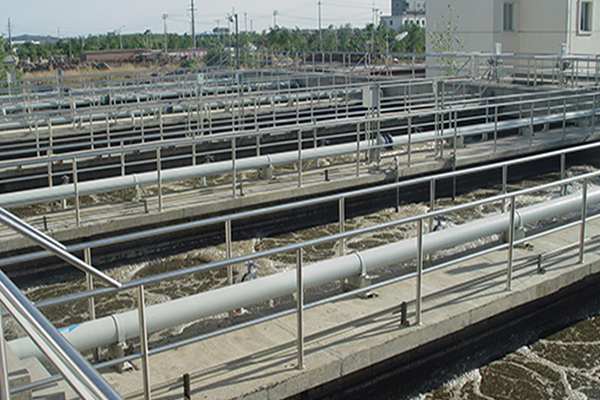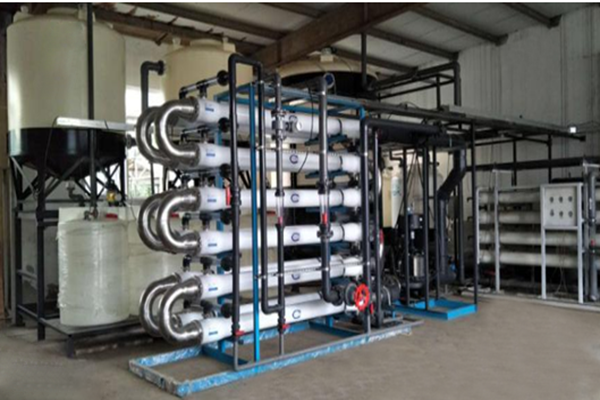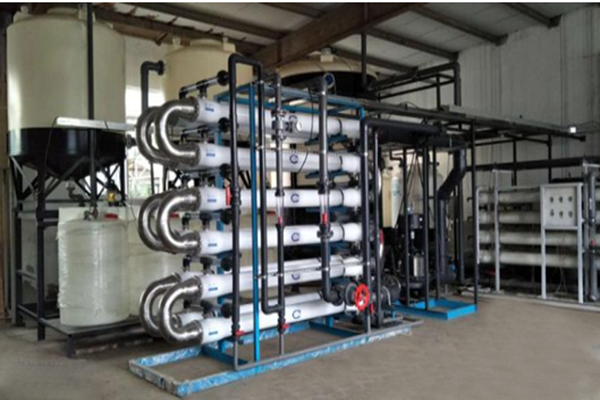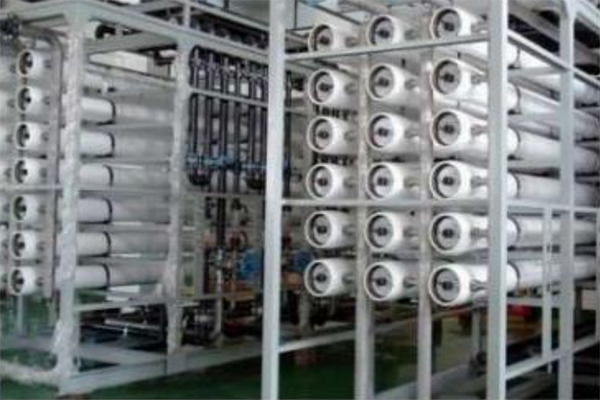
Welcome to Ruiming Environment!
News
 Hotline
Hotline
Causes of excessive ammonia nitrogen in sewage?
Causes of excessive ammonia nitrogen in sewage?
Sewage ammonia nitrogen exceeded the main reasons for the following aspects:
1. The concentration of ammonia nitrogen in raw water is too high: the concentration of ammonia nitrogen in sewage exceeds the process design value, which may be due to the diversity of sewage sources, such as sewage treatment plants, food plants, chemical plants, electroplating plants, paper mills, printing and dyeing plants, pig factories, etc., which cause the production of ammonia nitrogen is inevitable and sustainable due to their own production or reducing substances.
2. The amount of wastewater suddenly increases: the production volume increases, resulting in a large amount of sewage to the original design of the process system caused serious overload operation, easy to lead to excess water.
3. Increased concentration of ammonia nitrogen in wastewater: due to product innovation, different substances are produced, and the concentration is high and low. If a high concentration of wastewater suddenly enters beyond the design parameters, the effluent concentration will easily exceed the standard.
4. Improper biochemical treatment: microbial activity is inhibited, dissolved oxygen is insufficient, sludge management is improper, temperature fluctuations, pH value is unstable, resulting in unstable effluent quality.
5. Equipment aging and insufficient maintenance of facilities: the use of sewage treatment equipment for a long time aging, improper maintenance of facilities, not timely, will also affect the treatment effect of ammonia nitrogen.
6. The residence time of sewage reaction is seriously insufficient: sudden excessive water load and insufficient residence time of sewage reaction will also lead to inadequate ammonia nitrogen treatment.
In order to solve the problem of excessive ammonia nitrogen, the use of ammonia nitrogen treatment agent is an effective method. Ammonia nitrogen treatment agent is a kind of environmental protection biological agent composed of a variety of inorganic compounds, chelating agents, auxiliaries and other raw materials. It can give full play to catalytic oxidation, flocculation, adsorption and other functions in the water treatment process, and strengthen the treatment of sewage to achieve the effect of reducing ammonia nitrogen in water. Its removal rate is high, no need to change the existing treatment process, and non-toxic and pollution-free, is an efficient and environmentally friendly water treatment agent.
In summary, ammonia nitrogen treatment agent, as an efficient and environmentally friendly water treatment agent, has significant advantages and application value in solving the problem of excessive ammonia nitrogen. It can give full play to catalytic oxidation, flocculation, adsorption and other functions in the water treatment process, and strengthen the treatment of sewage to achieve the effect of reducing ammonia nitrogen in water. Its removal rate is high, no need to change the existing treatment process, and non-toxic and pollution-free, is an efficient and environmentally friendly water treatment agent.
- More > Where does the wastewater from chemical production end up after treatment? Is it drinkable?
- More > Sewage treatment technology knowledge
- More > The advantages of electroplating sewage treatment equipment
- More > Uncovering the black technology of ethanol waste gas treatment: a new chapter of green transformation
- More > Solar torch burning equipment: the perfect integration of environmental protection and efficiency
- More > Inclined tube sedimentation tank: The optimal solution for efficient water treatment?
- More > Where is the industrial pure water equipment?
- More > Whole-house deep water purification solution: dedicated to creating a healthy and comfortable home environment
- More > Reveal it! The price of 10 tons of water purification equipment starts from the bottom, is your budget enough?
- More > Analysis of the processing flow and working principle of MBR integrated equipment
- Previous:So what are the effects of overdosage of flocculant?
- Next:Evaluation of the effect of secondary activated carbon on VOCs treatment
Tags for this article:Sewage ammonia nitrogen, ammonia nitrogen, sewage treatment, waste water treatment, sewage ammonia nitrogen exceeding the standard, sewage ammonia nitrogen standard
Shenzhen Ruiming Environmental Technology Co., Ltd.
-
 Phone:13823530689
Phone:13823530689 -
 E-mail:szrme_008@126.com
E-mail:szrme_008@126.com -
 Phone:0755-86208689
Phone:0755-86208689 -
 Address:Building 47, Xinwei Village, Xili Street, Nanshan District, Shenzhen
Address:Building 47, Xinwei Village, Xili Street, Nanshan District, Shenzhen Copyright © 2022 Building 47, Xinwei Village, Xili Street, Nanshan District, Shenzhen All Rights Reserved.
 Tik Tok
Tik Tok
 Public number
Public number
Hotline:13823530689

